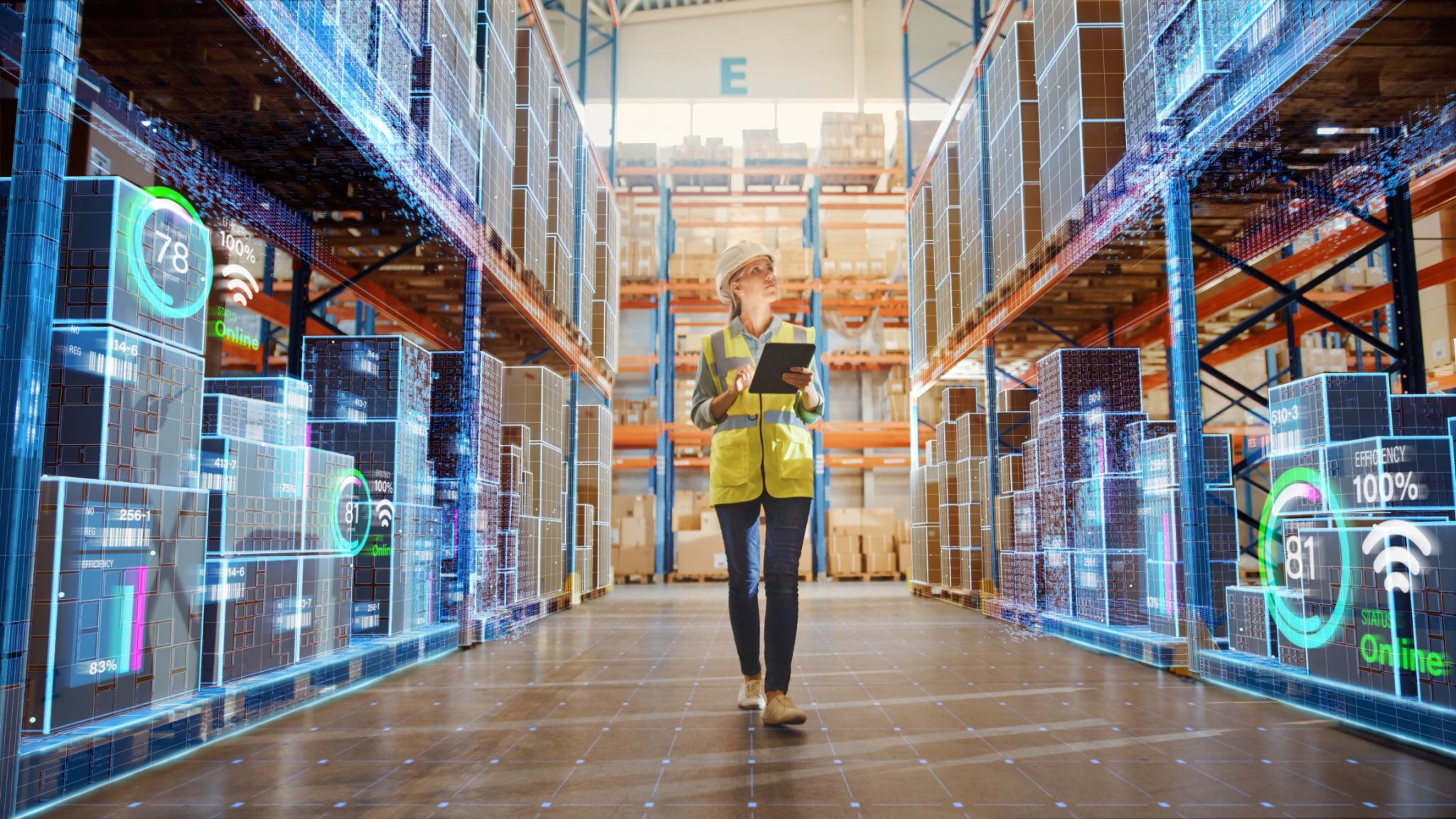Navigating the Challenges of Nationwide Pickup and Reverse Logistics
Understanding Nationwide Pickup and Reverse Logistics
In today’s fast-paced world, businesses are increasingly tasked with managing the complexities of nationwide pickup and reverse logistics. These processes are crucial for efficient operations, ensuring customer satisfaction and maintaining a competitive edge. Navigating these challenges requires a clear understanding of logistics networks, efficient coordination, and strategic planning.
Reverse logistics refers to the process of moving goods from their final destination back to the manufacturer or distributor for returns, repairs, recycling, or disposal. This aspect of logistics is gaining more importance as companies aim to enhance sustainability and customer service.

Key Challenges in Nationwide Pickup
One significant challenge in nationwide pickup is coordinating pickups from multiple locations. This requires a robust network and advanced technology to ensure timely and efficient collection of goods. Additionally, varying regulations across regions can complicate the logistics processes, requiring companies to be well-versed in local laws and compliance requirements.
Another challenge is managing the costs associated with nationwide pickup. Fuel prices, labor costs, and vehicle maintenance can significantly impact the overall expenses. Companies must develop strategies to optimize routing and scheduling to minimize costs without compromising service quality.
Effective Strategies for Reverse Logistics
Reverse logistics presents its own set of challenges, primarily around managing returns efficiently. Implementing a streamlined return policy and utilizing technology such as automated systems can help manage this process more effectively. Companies need to ensure that returned products are processed quickly to either restock, repair, or recycle.

Another important aspect is data management. Leveraging data analytics can provide insights into return patterns, helping companies forecast demand and manage inventory better. This data-driven approach can lead to improved decision-making and operational efficiency.
Sustainability and Reverse Logistics
Sustainability has become a major focus for companies engaging in reverse logistics. By implementing eco-friendly practices such as recycling and refurbishing returned goods, companies can reduce waste and lower their carbon footprint. This not only benefits the environment but also enhances the company’s reputation among environmentally conscious consumers.
Moreover, sustainable practices in reverse logistics can lead to cost savings. By recovering value from returned products through recycling or resale, companies can offset some of the expenses associated with logistics operations.

The Role of Technology in Overcoming Challenges
Technology plays a crucial role in overcoming the challenges of nationwide pickup and reverse logistics. Advanced software solutions can optimize routing, manage inventory, and track shipments in real-time. These technologies enable businesses to enhance efficiency, reduce costs, and improve customer satisfaction.
Additionally, the integration of artificial intelligence and machine learning into logistics operations can further streamline processes. Predictive analytics can help anticipate demand spikes, allowing companies to prepare and allocate resources accordingly.
Final Thoughts
Successfully navigating the challenges of nationwide pickup and reverse logistics requires a holistic approach that combines strategic planning, technological innovation, and sustainable practices. Companies that invest in these areas will be better positioned to meet customer demands, reduce operational costs, and contribute positively to sustainability efforts.
As the logistics landscape continues to evolve, staying informed and adaptable will be key for businesses aiming to excel in these complex processes.
